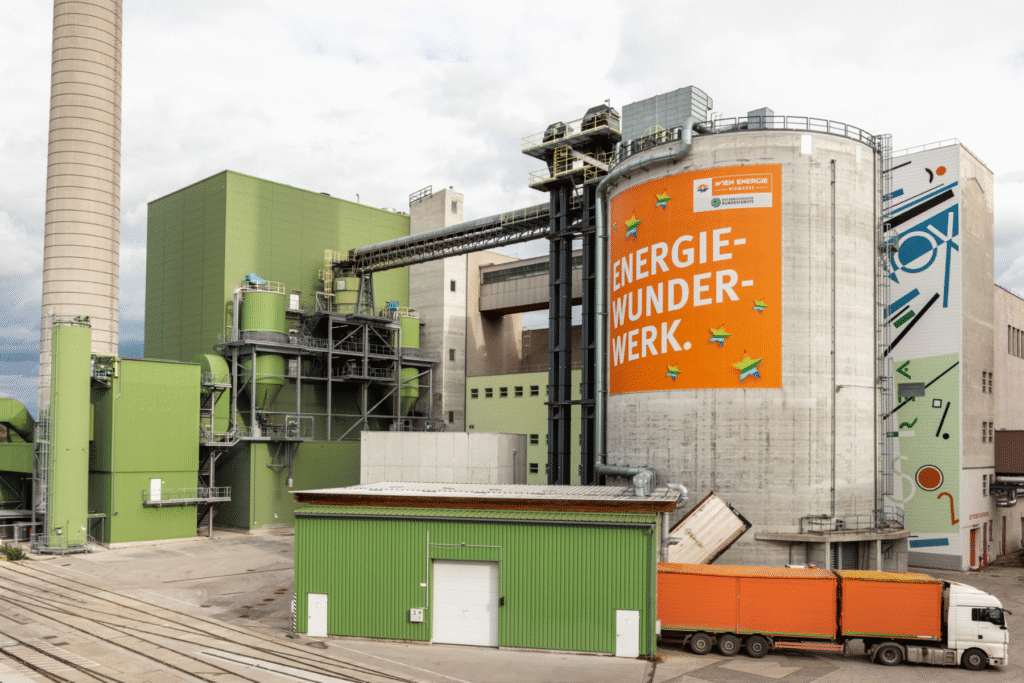
District heating prices at the municipal energy provider Wien Energie will rise for the upcoming heating season. The main reasons are higher gas prices as well as increased personnel and construction costs. The additional expense depends on individual consumption. For an average Vienna household with 70 square meters of living space, the utility expects monthly additional costs of about €12.
The calculation is based on a household with a heating energy consumption of 4.57 megawatt-hours (MWh) and 30 cubic meters of hot water. The current billing period will not yet be affected; annual bills for 2024/25 will be sent out in the coming weeks. However, the price increase will be reflected in partial payments for the next heating season, 2025/26. The increase affects customers whose contracts are subject to official price regulation. For indexed contracts, prices are automatically adjusted according to developments in wholesale gas markets.
Wien Energie Reduces Discounts
There are currently two district heating tariff models—one regulated by official price notification and one indexed tariff. These are roughly comparable to fixed and variable rates for electricity. Unlike electricity, however, tenants cannot choose which tariff they receive; billing is governed by the Heating Costs Accounting Act. The type of contract is specified in the agreement and annual bill. Of approximately 470,000 household customers, about half currently have contracts under the official price regime.
Under this system, the maximum price Wien Energie may charge is set by an authority. Since the energy crisis, the company has offered discounts on the fixed maximum price. “In total, we have passed on €700 million in support measures to our district heating customers,” Wien Energie CEO Michael Strebl told APA. In the past two billing periods (2023/24 and 2024/25), the working price was discounted by 43 percent and the base price by 20 percent. For 2025/26, the discount on the working price will drop to 37 percent, and the base price discount will be discontinued.
The maximum price was last set by decree in 2022 and remains in force until the authority intervenes or Wien Energie applies for a change. “We work with discounts because such a price-setting procedure is quite complex,” explained Strebl. “With discounts, we can respond more flexibly and without bureaucracy for our customers.” Strebl also cited a study by the Austrian Energy Agency showing that Vienna’s regulated price ranks among the cheapest district heating tariffs in Austria. “Even with the new price, we remain among the most affordable cities with regulated tariffs,” he said.
New Tariff To Reflect Energy System Transition
In Vienna, district heating prices largely depend on gas price trends, as about half of the city’s district heating currently comes from combined heat and power plants that run on natural gas. Roughly one-third is generated from waste incineration, with the remainder coming from industrial waste heat, biomass, and geothermal and ambient heat. Additional power plants cover peak demand. By 2040, district heating is to be fully converted to renewable energy, with Wien Energie focusing on geothermal energy and large-scale heat pumps.
Wien Energie plans to reflect this energy transition in a new district heating tariff. The new standard tariff, “Klima fit,” will be calculated annually by the Austrian Energy Agency based on the new supply mix. “By 2040, gas prices will no longer play a role because we won’t be using gas anymore,” said Strebl. The new tariff aims to bring greater predictability and transparency.

